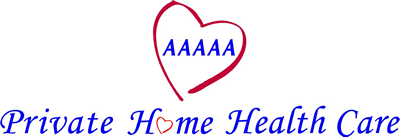Posted by Mary Demakes on February 26, 2021
Get crackin’ – it’s National Pistachio Day! These creamy, green nuts are a favorite at Private Home Health Care! People have been munching on pistachios for over 9,000 years, and for good reason – they are delicious! Pistachios originated in southern Turkey and steadily spread throughout the world. Filled with nutrients, these fun-to-crack nuts are small but mighty.
Pistachios are one of the most vitamin B6-rich foods. Vitamin B6 is important for several bodily functions, including blood sugar regulation and the formation of hemoglobin, a molecule that carries oxygen in red blood cells. Additionally, pistachios are rich in potassium. Both of these nutrients support heart health!
Pistachios boast high levels of fiber, which is key to healthy digestion. Fiber also helps with weight loss because it keeps you feeling fuller for longer. By design, pistachios have to be eaten slowly and mindfully. Due to the time it takes to crack open each nut, it allows your stomach to communicate with your brain to say when you are full. This helps you from overeating and weight loss efforts.
Pistachios contain more antioxidants than most other seeds and nuts! Among nuts, pistachios have the highest content of lutein and zeaxanthin, both of which are very important antioxidants for eye health. They protect your eyes from damage caused by blue light and age-related macular degeneration.
This small green nut contains high levels of polyphenols and tocopherols may help protect against cancer and heart disease. Furthermore, the antioxidants in pistachios are very accessible in the stomach. Therefore, they are more likely to be absorbed during digestion and you can benefit fully from the nutrients pistachios offer.
Today, celebrate this wonder-nut and eat pistachios! Pistachios are a delicious, convenient snack within themselves, and also add flavor and crunch to any sweet or savory dish!




